Category Archives: Science
27 Dec Microtubules
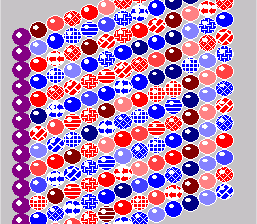
Microtubules Neurons have hundreds of MT distributed in the soma and in the axon and dendrites. Microtubules, like IF, are filamentous organelles that form the cytoskeleton of neurons. Their cylindrical, composite polymers comprise part of the cytoskeletal infrastructure of cells. Their cylinders are long, and they possess a distinct polarity. Their surfaces are composed of spherical tubulin in columns […]
27 Dec Cytoskeleton Components in Cognition
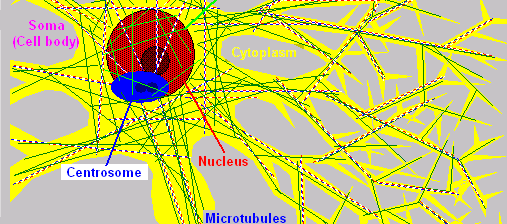
A Neuron’s Skeleton Unlike the external structure of many spheroid and amorphous cells, the external structure of neurons is complex and rigidly determined. As you may remember from earlier posts, the many different types of neurons residing in particular cortical strata (in layers of the gray and white matter) each have distinctive characteristics that enable […]
25 Dec Myelin Sheath Function: Insulators
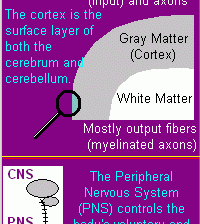
Glial Cells Gray matter / white matter… what really matters? Glial cells form a white myelin sheath around axons and function as the nervous system‘s supporting actors. They are more numerous than neurons – there are over 100 billion neuroglia, many wrapped around the efferent (output) fibers of each nerve cell. They support impulse conduction by […]
24 Dec Neuron Components and Cybernetics
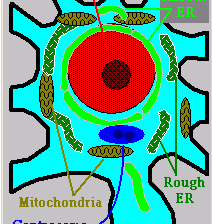
What About Cybernetics? The properties of subcellular neuron components, also known as organelles, are important to this research because they might contribute to the information acquisition, storage, accessing and maintenance systems of the brain. I plan to further discuss the reason for separating storage and maintenance in a post in the section on cognition. These […]
22 Dec Modeling Neural Interconnections
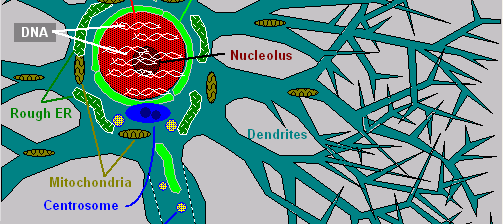
Neuron Branching The characteristic that distinguishes neurons from other types of cells is that they have things sticking out all over them. This phenomenon is called branching or arborization. While all cells are capable of sprouting appendages like cilia or dendrites, only some actually do. Cells that branch do so for specific reasons that are essential […]
07 Dec Probability of Understanding Meaning
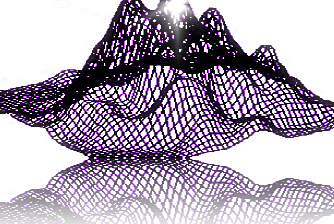
Some suggest that computers can achieve full language understanding capabilities using statistical models. Others argue that heuristics or programmatic interpretation that uses special procedures tailored to linguistic phenomena. The two camps are as far apart as ever. Consider the comments around this recent article on Tor.com. On the one side, Norvig demonstrates the validity […]
03 Dec Language Expressiveness

Expressiveness Human languages are eloquent vehicles for giving form to the motion of the human mind. They provide symbol-rich expressions for our thoughts and communications. Language is dynamic and defies circumscription. Yet, it is circumspect; it is also useful and extremely beautiful. To comprehend is to begin to capture that beauty. The expressiveness of language […]
01 Dec Robot Neurons: Analog versus Digital
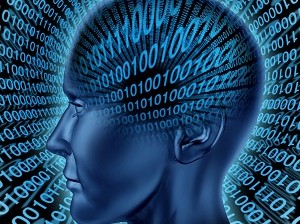
Digital is basically black and white: 1 is yes and 0 is no or vice-versa. Yet our world is full of other colors. We can efficiently use digital devices to stretch arbitrary numbers of 1’s and 0’s together to represent a virtually infinite degree of possible values. Yet there are places where exactly two values may […]
12 Nov Context Powers Backward Chaining Logic
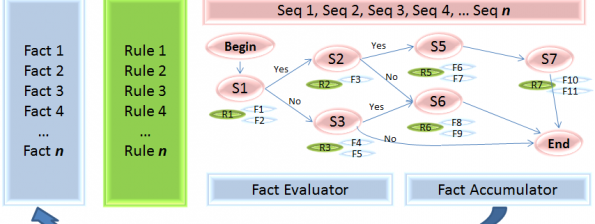
A popular success strategies book suggests that if we “Begin with the End in Mind” we are likely to get where we’re going more consistently. We wander less if we think about what we want at the end from the very first steps of our journeys. Context helps us do that. Human behaviorists and philosophers have […]
10 Nov Seeking a Universal Theory of Knowledge
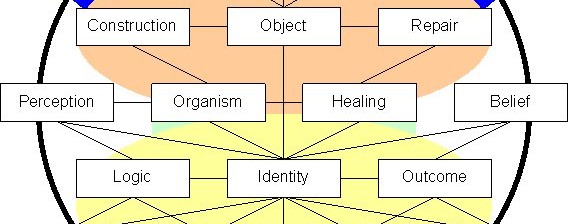
As a fundamental premise for this post, this blog as a whole, and my life’s work, I propose that language and “real world knowledge” are inextricably connected, and neither functions well without the other. This is why, in my opinion, natural language processing (NLP) initiatives focusing exclusively, or even primarily on language structure have significant […]




